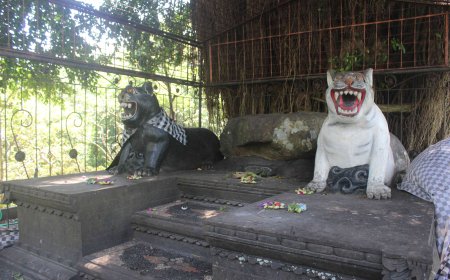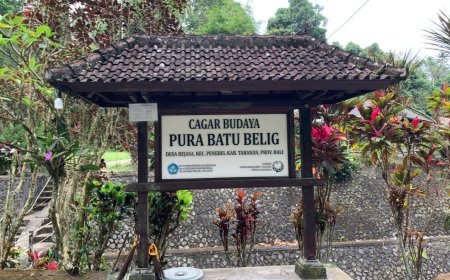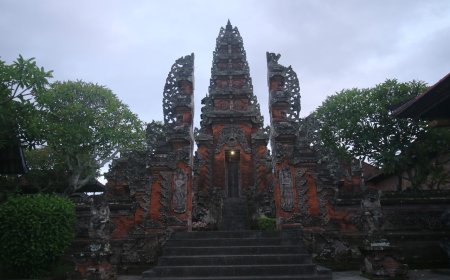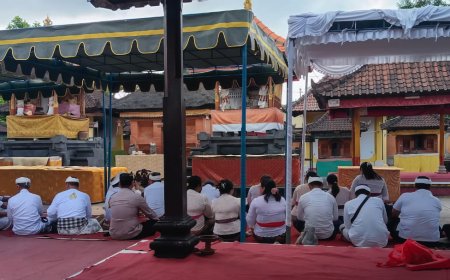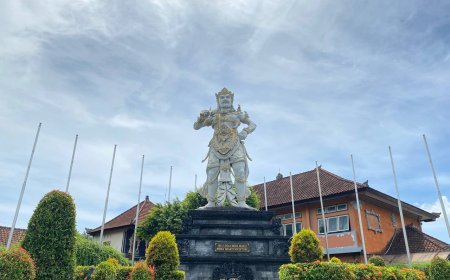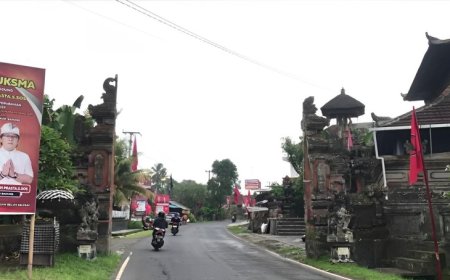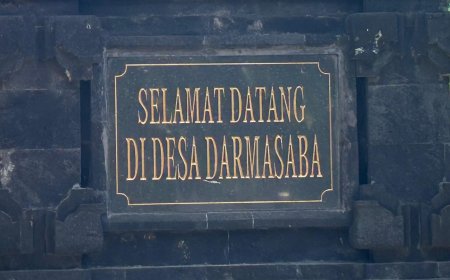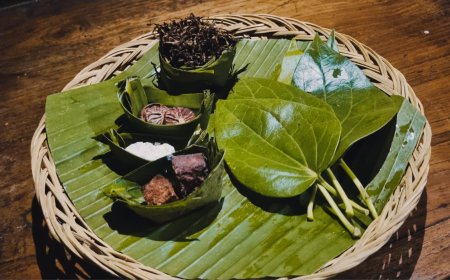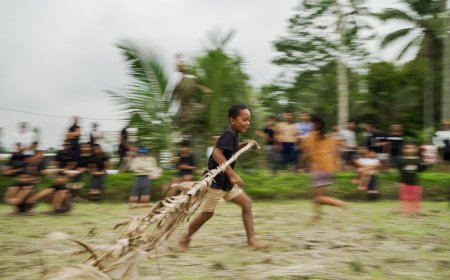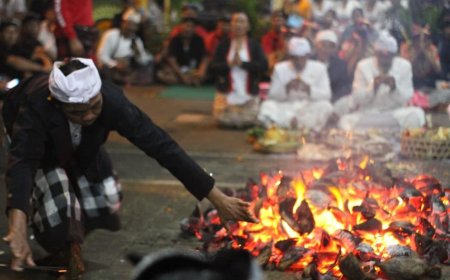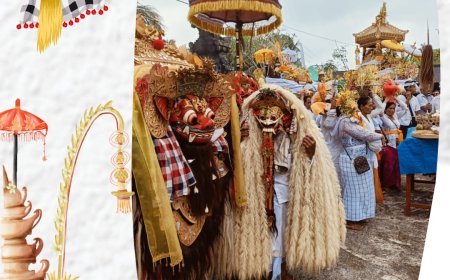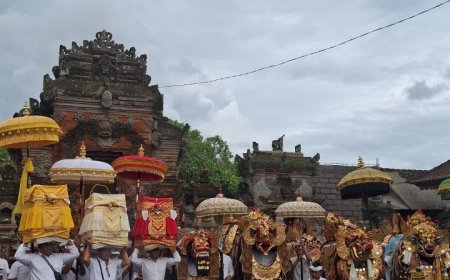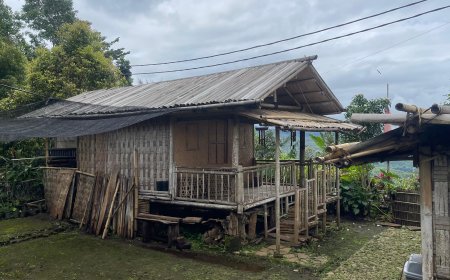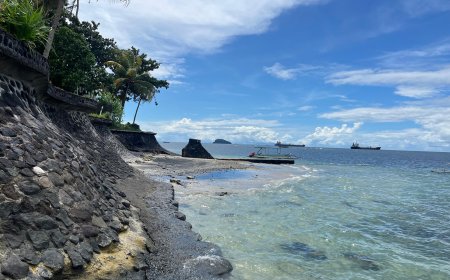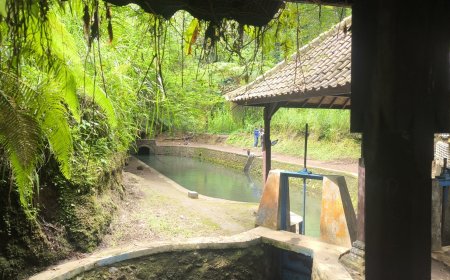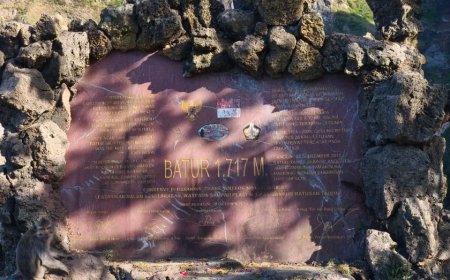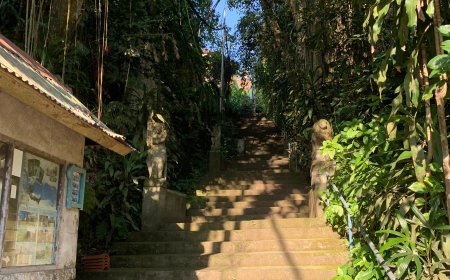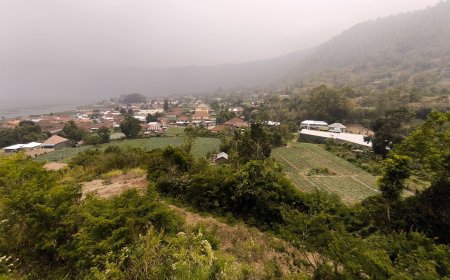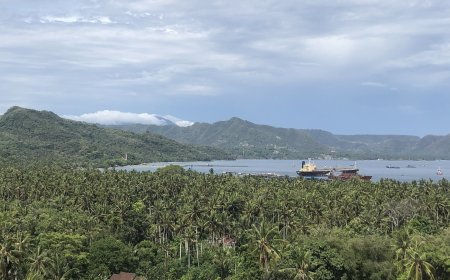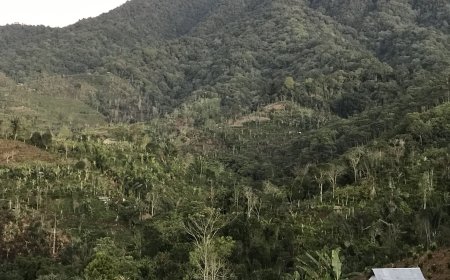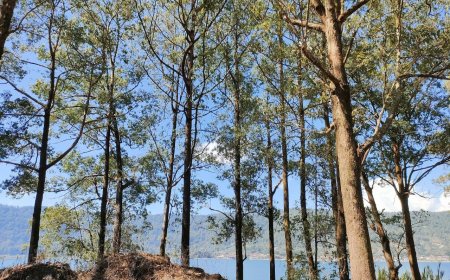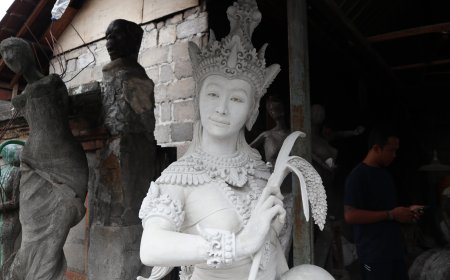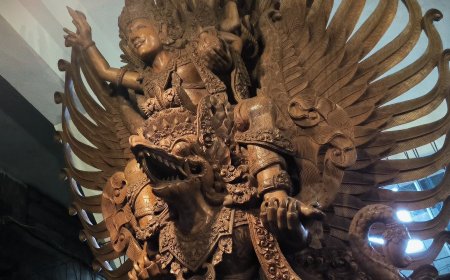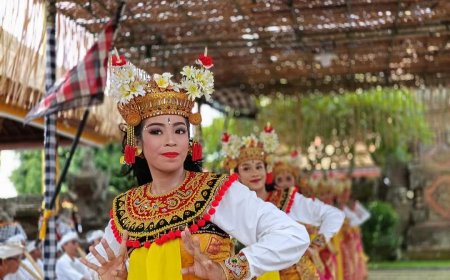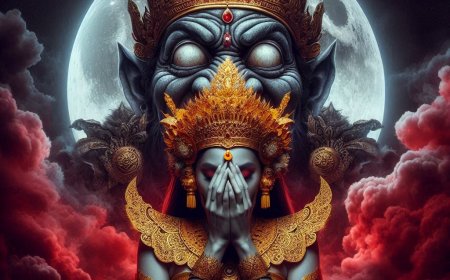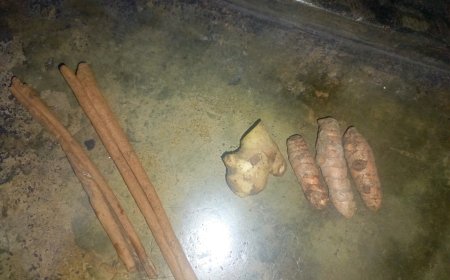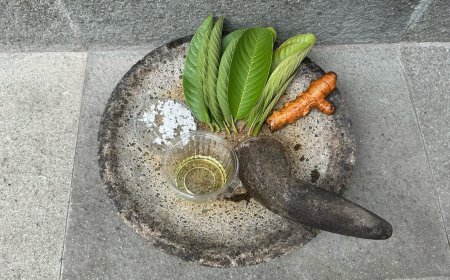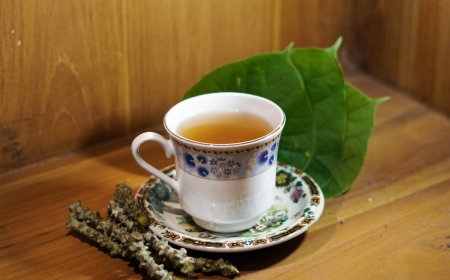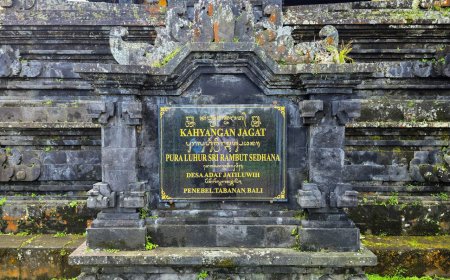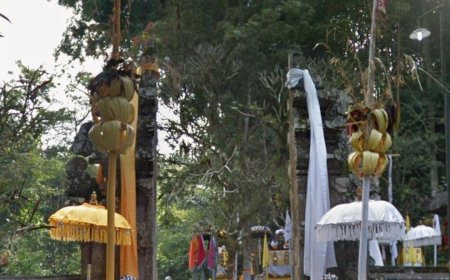Getting to Know Pura Kahyangan Tiga in Jatiluwih Village: Bali's Cultural and Spiritual Heritage
Bali Island, often referred to as “The Island of the Thousand Temples” or “The Island of Gods,” is renowned for its natural beauty and spiritual richness that captivates visitors from around the world. Thousands of temples scattered across Bali are an integral part of its people's daily lives. One manifestation of the harmony between tradition, nature, and spirituality is the presence of Pura Kahyangan Tiga in every traditional village, including in Jatiluwih Village, which upholds the philosophy of Tri Hita Karana.

Pura Kahyangan Tiga is a temple complex consisting of three main temples located in the traditional villages of Bali. The name "Kahyangan Tiga" refers to the concept of three sacred sites that unify and harmonize human life with nature and God according to Balinese Hindu teachings. Each of these temples has a distinct role and function but remains interconnected in maintaining spiritual and natural balance in Bali.
Kahyangan Tiga is one of the elements of Tri Hita Karana, the parhyangan element of every traditional village in Bali. At Kahyangan Tiga the villagers ask for safety and prosperity for the village and its people. The second and third elements of Tri Hita Karana are called pelemahan and pawongan. Thus, in realizing a sense of security, tranquility, prosperity physically and mentally in the life of a traditional village based on three harmonious relationships, namely the relationship between humans and nature or the relationship between the village krama and the traditional village area (palemahan), the relationship between one human being and another in the traditional village (pawongan), and the relationship between the village krama and Hyang Widhi as the protector (parhyangan). This is what is called Tri Hita Karana in the traditional village in Bali.
With divinity embedded in their daily lives, Balinese traditional villages embody a socio-religious concept where all forms of social interactions are deeply rooted in religious values. This integration makes it difficult to separate traditional customs from religious elements, as Balinese customs are influenced by Hinduism, and Hindu religious practices are supported by the local customs.
Pura Kahyangan Tiga and Their Functions
- Pura Desa a place of worship dedicated to Lord Brahma, the creator of the universe.
- Pura Puseh a place of worship for Lord Vishnu, the preserver.
- Pura Dalem a place of worship for Lord Shiva in the form of Goddess Durga, symbolizing the dissolution of the universe.
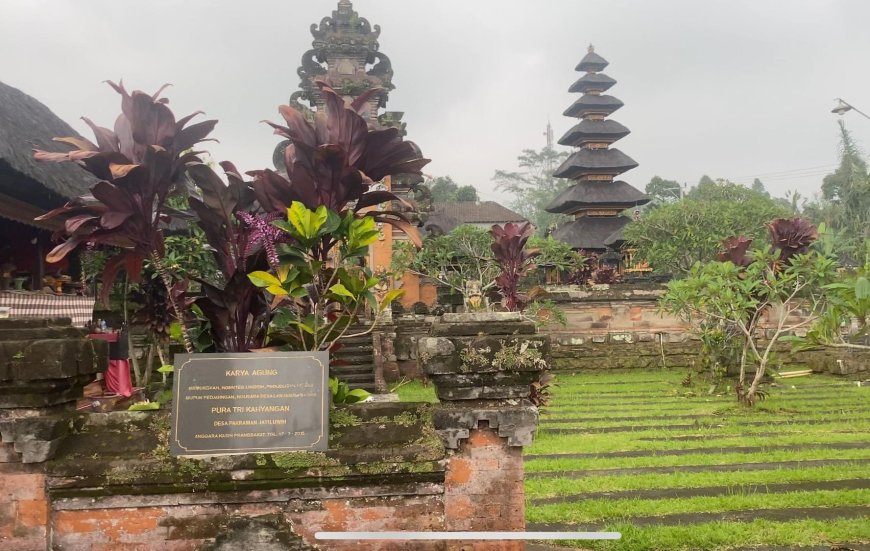
Pura Desa and Puseh Pangulu of Jatiluwih Traditional Village (Photo Source: Personal Collection)
For the people of Jatiluwih Village, Pura Kahyangan Tiga plays an essential role in their daily lives. Every year, numerous traditional and religious ceremonies are held to maintain harmonious relationships with nature and ancestors. These temples are sacred places where the Balinese, especially the people of Jatiluwih, come to pray for safety, prosperity, and abundant agricultural harvests.
Pura Kahyangan Tiga in Jatiluwih Village has existed since ancestral times, as the concept of Kahyangan Tiga is an inseparable part of the spiritual structure of Balinese traditional villages. Similar to other villages, Jatiluwih has three main temples: Pura Desa, Pura Puseh, and Pura Dalem. However, Pura Puseh in Jatiluwih has a unique history that distinguishes it from other villages. Initially, this temple was called Pura Pangulu, named after its location at the head of the village. When the Kahyangan Tiga system was formally established, the original name of Pura Pangulu was removed, leaving it simply as Pura Puseh.
After this change, Jatiluwih Village faced a significant calamity. Many children in the village became involved in criminal activities, such as theft and robbery, creating a sense of insecurity. Through various ceremonies, both physically (sekala) and spiritually (niskala), the villagers discovered that the calamity was caused by the loss of the "core essence" of Pura Pangulu. Realizing this, the villagers reinstated the name "Pangulu" to Pura Puseh, renaming it Pura Puseh Pangulu. After the restoration, the calamities gradually disappeared, and Jatiluwih once again became a peaceful and safe village.
The Pujawali (religious ceremonies) in Jatiluwih's Pura Kahyangan Tiga are also unique. These ceremonies are held simultaneously on the day of Anggara Kasih Prangbakat at all three temples. However, the scale of the ceremonies varies between the temples. At Pura Puseh and Bale Agung, the Pujawali is conducted on a large scale (Piodalan Gede), while at Pura Dalem, a smaller ceremony (Pujawali Alit) is performed, and vice versa. Villagers usually begin the Pujawali at the temple with the smaller ceremony before proceeding to the larger ones. This tradition reflects the harmony and unity of Jatiluwih Village in preserving its cultural and spiritual heritage.

Pura Dalem of Jatiluwih Traditional Village (Photo Source: Personal Collection)
Not only rich in spiritual values, but Pura Kahyangan Tiga in Jatiluwih also offers extraordinary natural beauty. Situated at the foot of Mount Batukaru and surrounded by lush green terraced rice fields, the temples provide a calming and refreshing view. The distinctive Balinese architecture with intricate ornaments further enhances the charm of the site. As a part of Bali's cultural heritage, Pura Kahyangan Tiga plays a vital role in preserving the island's traditions and spirituality. These temples symbolize the balance of life between humans, nature, and God. Visiting Pura Kahyangan Tiga allows one to experience the peace and beauty derived from Bali's rich cultural heritage.

